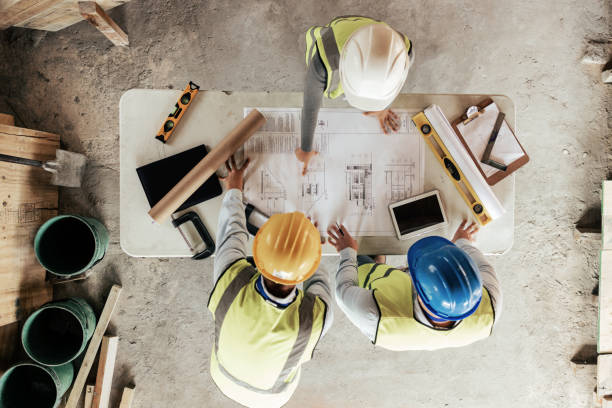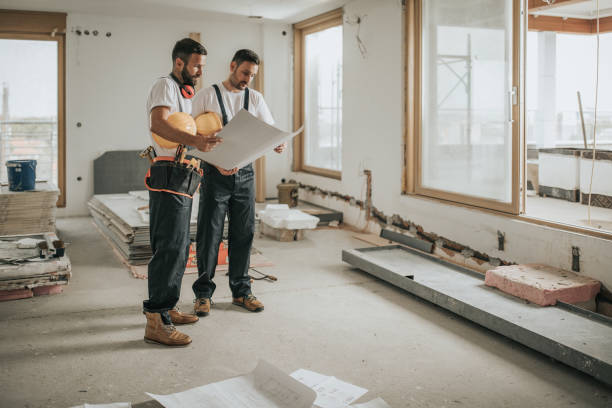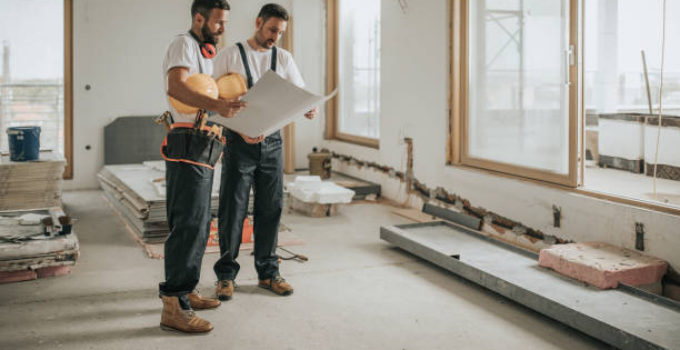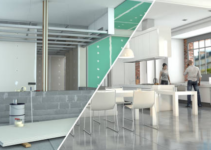Have you ever wondered what design-build construction is? This innovative approach in the construction industry combines the design and construction phases into a unified process. By integrating the expertise of both designers and builders from the project’s outset, design-build construction offers a more collaborative approach.
As we journey through this guide, we uncover the intricate web of roles and functions within a design-build team, showcasing how these pivotal elements collectively form the heart of project success.
One of the key factors contributing to successful design-build construction projects is the formation of a strong and collaborative team. This team typically comprises architects, engineers, and construction professionals who work together from the project’s inception. This integrated approach fosters open communication and allows for the early identification and resolution of potential challenges.
Table of Content
Understanding the Roles of a Design-Build Team: A Comprehensive Guide
What are the roles of a Design-Build Team?
Why should the Owner/tenant select the design-build?
1. Single Source of Accountability for Design and Construction
Lessons Learned on Design-Build Projects
Different Levels of Project Scope and Requirements
Moving and Installing Owner-Provided Products
Reviewing Design-Build Documents Before Contract Signing
What Are The Roles Of A Design-Build Team?
So, first of all, it is important to understand what is design-build construction. Design-build construction is a method where one entity handles both design and construction for a project. In a design-build team for commercial interior or ground-up projects, key roles are assigned to ensure a smooth and successful project execution. The roles of a design build Team in construction are essential for the seamless execution of construction projects. The Team typically consists of three primary members: the Owner, the Project Design Developer, and the Design-Build Contractor.
1. Owner
As a pivotal figure in the Design-Build Team, the Owner is crucial in collaborating with the project design developer to capture innovative ideas and establish comprehensive project criteria. Owners are instrumental in overseeing the implementation of the design process to bring the final product to fruition.
Their close collaboration with the Design-Build contractor is vital for finalizing design and construction criteria, ensuring alignment with project goals. Effective communication with the contractor regarding construction processes, schedules, and finishes is paramount to achieving project success.
2. Project Design Developer
Project design developers are key members and play an important part in design team roles. They work closely with owners to define project build-out criteria and provide valuable insights on construction requirements. Their expertise is instrumental in translating design concepts into practical solutions.
Collaborating with the Design-Build contractor from project inception to completion, they ensure that design intent is maintained throughout all stages of construction. Their ability to bridge the gap between design vision and practical implementation is critical to project success.
3. Design-Build Contractor
The Design-Build contractor plays a central role in the Design-Build Team, the linking design and construction phases. They work closely with owners and project design developers to ensure that design and construction criteria are aligned and feasible.
From the initial planning stages to project completion, the Design-Build contractor oversees the execution of the project, managing construction processes, timelines, and quality control measures. Their expertise in coordinating various aspects of the project ensures smooth progress and timely delivery and secures a position in design team roles.
Moreover, in the design-build project example, the harmonious collaboration among the Owner, project design developer, and Design-Build contractor exemplified the effectiveness of a well-functioning design-build team. This synergy led to completing a complex project, demonstrating the impact of clear roles, effective communication, and shared goals within the team structure.

Why should The Owner/tenant Select The Design-Build?
A design-build approach for construction projects can give the Owner/Tenant numerous advantages, including streamlined accountability, effective budget management, enhanced communication, and accelerated project completion. These benefits underscore the value of leveraging the cohesive roles of a design-build team to achieve successful and efficient construction outcomes.
Below are key reasons why selecting design-build can be beneficial:
1. Single Source Of Accountability For Design And Construction
By choosing design-build, the Owner/Tenant benefits from having a single source of accountability for the project’s design and construction aspects. This integrated approach ensures seamless coordination between the various roles of the design-build Team, leading to greater efficiency and clarity throughout the project.
2. Budget Management
Design-build offers superior budget management capabilities compared to traditional construction methods. With a unified team working together from the initial stages, there is better control over costs, reduced change orders, and improved cost predictability, ultimately leading to a more financially sound project.
3. Enhanced Communications
Effective and enhanced communication is a hallmark of the design-build process. With all key stakeholders, including the Owner/Tenant, Project Design Developer, and Design-Build Contractor, collaborating closely throughout the project, there is constant and transparent communication. This ensures that issues or changes are addressed promptly, leading to smoother project progression.
4. Faster Project Completion
One of the most compelling reasons to choose design-build is its faster project completion timeline. The streamlined communication, single source of accountability, and efficient coordination among the design-build team roles result in expedited decision-making and construction processes. This leads to quicker project delivery, enabling the Owner/Tenant to enjoy the benefits of the completed project sooner.
Check Out: How design-build benefits from partnering.

Lessons Learned On Design-Build Projects
Our experience in various Design-Build projects, whether as a Design-Build Contractor, Project Manager, or member of the Design-Build team, has provided valuable insights that can benefit future endeavors.
Here are key lessons learned:
Different Levels of Project Scope and Requirements
Each project presents unique challenges based on the desired level of control over specific features, such as finishes and furnishings. Owners often opt to engage Interior Designers for these aspects, requiring additional coordination and communication to ensure alignment with the overall project goals.
Realistic Project Schedule
Effective communication and collaboration between the Design-Build Contractor and Owner are crucial for establishing and adhering to a realistic project schedule. Clear and frequent communication about timelines, milestones, and potential delays helps manage expectations and ensures timely project completion.
Moving And Installing Owner-Provided Products
When owners supply products for the project, it’s essential for the Design-Build Contractor to thoroughly review the specific requirements for moving, transporting, and installing these items. Clarity on responsibilities and logistics is key to avoiding disruptions and ensuring seamless integration of owner-supplied products.
Reviewing Design-Build Documents Before Contract Signing
Before finalizing the Design-Build contract, the Owner and Design-Build Contractor must diligently review all design-build documents and responses. This comprehensive review ensures that all parties are aligned on project requirements, deliverables, and expectations, setting the stage for a successful collaboration.
These lessons from our experiences underscore the importance of effective communication, meticulous coordination, and thorough review processes within the Design-Build team. By focusing on these insights, future Design-Build projects can be approached with greater clarity, efficiency, and success.

Conclusion
In conclusion, the Design-Build team is a testament to the power of collaboration and unified effort in achieving project success. Through a detailed examination of the roles played by the Owner, Project Design Developer, and Design-Build Contractor, it becomes clear how each member contributes to the seamless execution of projects.
Real-world Design-Build project examples further exemplify the significance of teamwork, effective communication, and shared goals in driving project efficiency and delivering high-quality outcomes. As we continue on this journey of construction excellence, let us carry forward the spirit of cooperation and coordination within the Design-Build team with core construct to ensure continued success.





It’s rare to find such warmth and wisdom coexisting so naturally in writing — truly a gift.